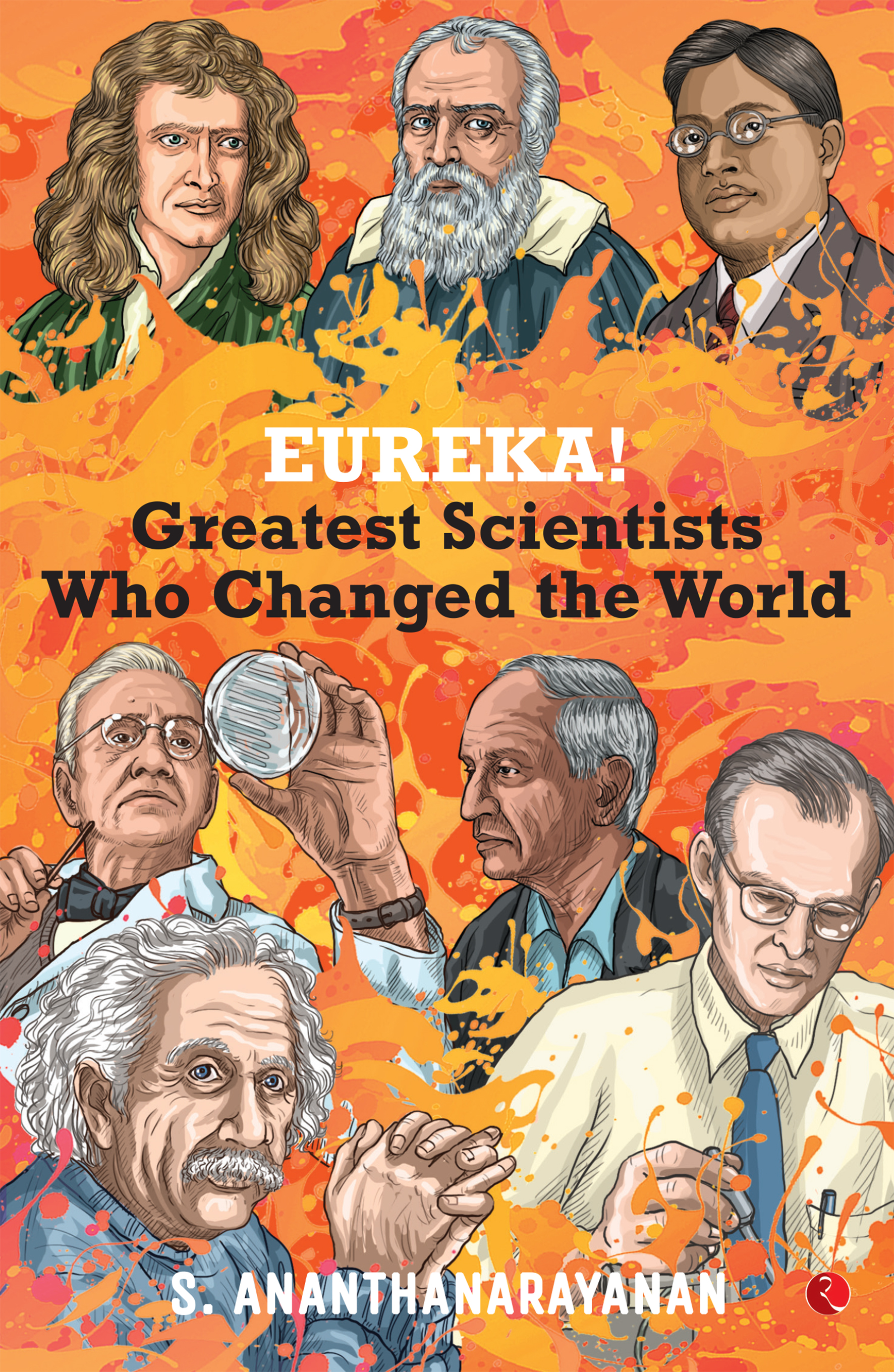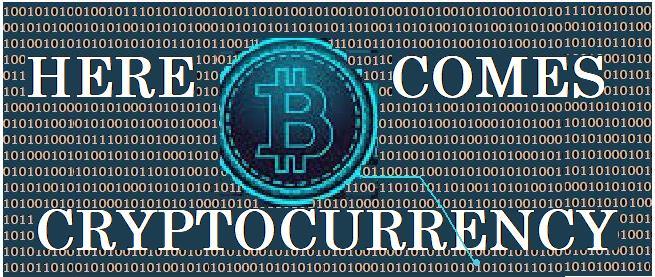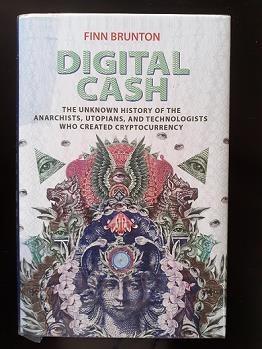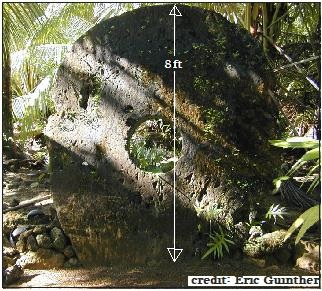A recent book by S.Ananthanarayanan


A quiet revolution in how we buy and sell is under way, says S.Ananthanarayanan.
In the world of digital cash, a piece of computer code takes the place of metal, energy or the right of use, which represent the value of money. And transactions in digital cash are recorded not by an intermediary, like a bank, but in an electronic ledger maintained by every computer in the network. The entries are authenticated by links to adjacent entries, in such a way that an alteration would corrupt the record, and transactions are verified by the device of individual ‘private keys’, which ensure authenticity.
The change from cash to Internet banking gave rise to many advantages. But Internet transactions leave a trail of who the buyer was and where she was when she made the purchase. This information could be used, ideally, to help the market position products, or, negatively, to net customers. But the information could also help tag and tail citizens, a violation of privacy. Digital cash, or cryptocurrency, retains the advantage of dealing through the Net and, like working with cash, provides anonymity too. The technology, in fact, enables other Internet based services with the assured identity of the participants, the absence of an intermediary and the immutability of the record. The result may be to redefine the role and function of governments and profound changes in the way corporations, countries and individuals trade and communicate.
The Princeton University Press, Princeton and Oxford, has brought out ‘Digital Cash – the unknown history of the anarchists, utopians and technologists who build cryptocurrency,’ a book by Finn Brunton, that describes exactly what the title says. Over 208 pages, followed by 35 pages of notes and bibliography, Finn Brunton, Assistant Professor in the department of Media, Culture and Communication, New York University, takes the reader though the conceptual bases, the cultural progression, of barter, coinage, the banknote, codes and devices to protect cyber transactions, the criteria, the priorities, the controls.

The first things that we ask for in a form of cash, or tokens of money, Brunton says, is that you know it is genuine, and that it has value, which it will not lose. The earliest coins were of precious metals, whose value was related to the labour it took to mine them, their authenticity could be tested and the market could not be flooded with duplicates. It was the same when kings and States struck coins, they represented value and were difficult or expensive to counterfeit. Change track to bills of exchange and banknotes. Bills of exchange replaced physical money and enabled trade based on the chain of trust reposed in those who signed the bills. And Banknotes bore a trusted signature, to work as a vehicle for trade among strangers, and contained devices to prevent duplication. The demand placed on the instrument, Brunton says, is that it be ‘easily recognizable, but impossible to duplicate.’
Moving on to the digital age, Brunton examines the issues that arise when messages need to be kept secret from eavesdroppers, yet recognized as genuine by the proper recipient. He describes the ciphers used by spies during the 2nd World War. Messages were scrambled based on a predetermined key and were secure for some time, but not for longer, as codes could be broken. Fresh keys had to be frequently exchanged, and this was a challenge and a vulnerability. Brunton recognizes these keys, which need to be shared, as symmetrical keys.
A solution would be a pair of asymmetrical keys, where the sender uses one key to code the message and the receiver another key to decode the message. This was a solution that many had been looking for, Brunton explains, and it was found at about the same time by more than one researcher –in the form of the ‘public key and private key algorithm’. This consists of a mathematical procedure of using both keys at the time of encryption, or the coding of the message, in such a way that it can be decoded only with the help of the key known as the public key. A receiver, who decodes the message with the sender’s public key, then knows for certain who it was that sent the messages, as the message cannot be decoded by any other public key. The message can be opened by an eavesdropper too, but there is no way the private key which was used to code the message can be worked out. The message, hence cannot be altered and coded again by adversaries.
Similarly, a message that has to be kept secret can be coded with the recipient’s public key. Now, this message can be decoded only by the private key of the person whose public key was used for coding. Eavesdroppers can hence intercept the message, but they cannot read what it says, it stays secret. If a message is coded by a private key, and then by the receiver’s public key, the message is both digitally signed as well as secret.
This device of the ‘public-private keys’ is the basis of digital signatures and much of e-commerce. But cryptocurrency goes one further. An algorithmically processed text is itself the currency, of the medium of exchange of value, generated as representing the computational work done to create it. Transactions and balances in cryptocurrency are not recorded, as in the case of normal currency, in the ledger of a bank, but in a series of transaction records, known as blocks, in the computers in the network of all the users of the system. Each block is linked to the preceding block with the help of codes derived from the contents of the blocks, in such a manner that any alteration of a block, or the details of a transaction, would disrupt that series, the chain, known as the blockchain.
The system thus has no central administrator, like a bank which maintains the accounts, and the network records all transactions and transfer of ownership of cryptocurrency and prevents the reuse of a token that has been transferred. As every computer on the network, which may have millions of nodes, has a copy of the blockchain, the network is practically incorruptible.
The system has been operational for some years. Bitcoin (short for BInary Digit coin) is the most popular cryptocurrency in use, but there are others. And the blockchain technology also works for recording transactions like contracts, for medical consultations and many others, it could even be Government records, where there is the requirement is confidentiality, reliability and permanence.
Finn Brunton’s book is an important record of concepts and the players that have contributed to what may represent a whole new phase of civilization, which has been fashioned, so far, based on transactions that are supervised and assured by a central authority.
Stone money
The island of Yap, in the west Pacific Ocean has an ancient monetary system based on a ledger maintained by the community. The actual cash consists of large stone discs, difficult to counterfeit, as it takes work to fashion them, and difficult to move. During a transaction, the stone does not change hands, only the ownership of the stone, or part of it, passes from the buyer, of the commodity traded, to the seller. The accounting is in the form of an announcement made to the inhabitants of the island, and cannot be repudiated or changed, and the stone or the part that has been spent cannot be used again by the one who has spent it

------------------------------------------------------------------------------------------ Do respond to : response@simplescience.in